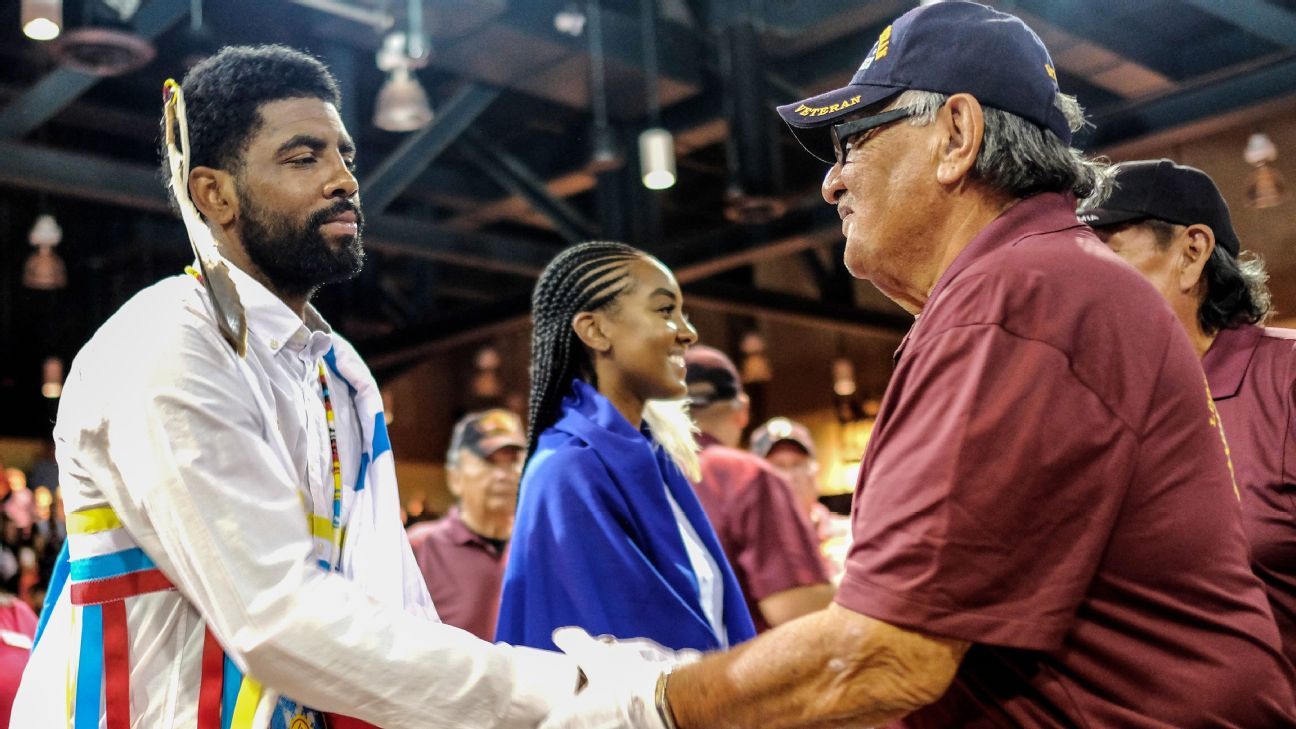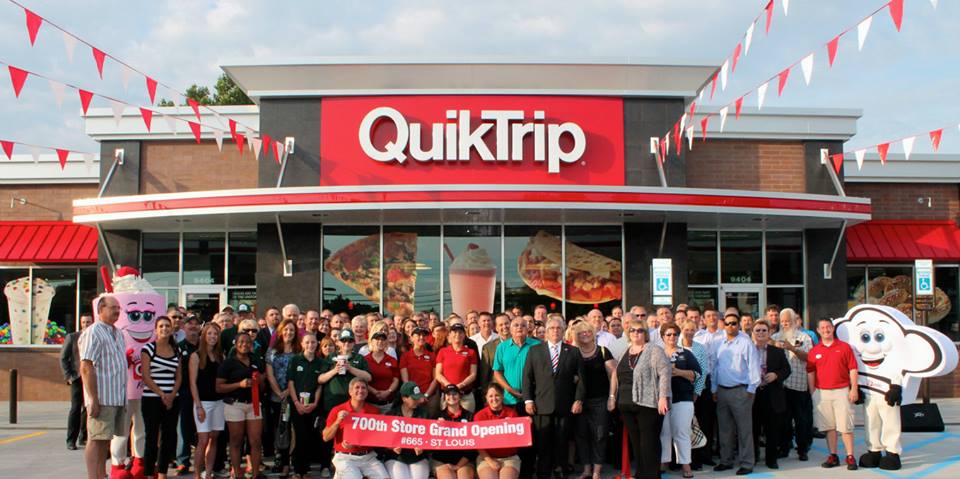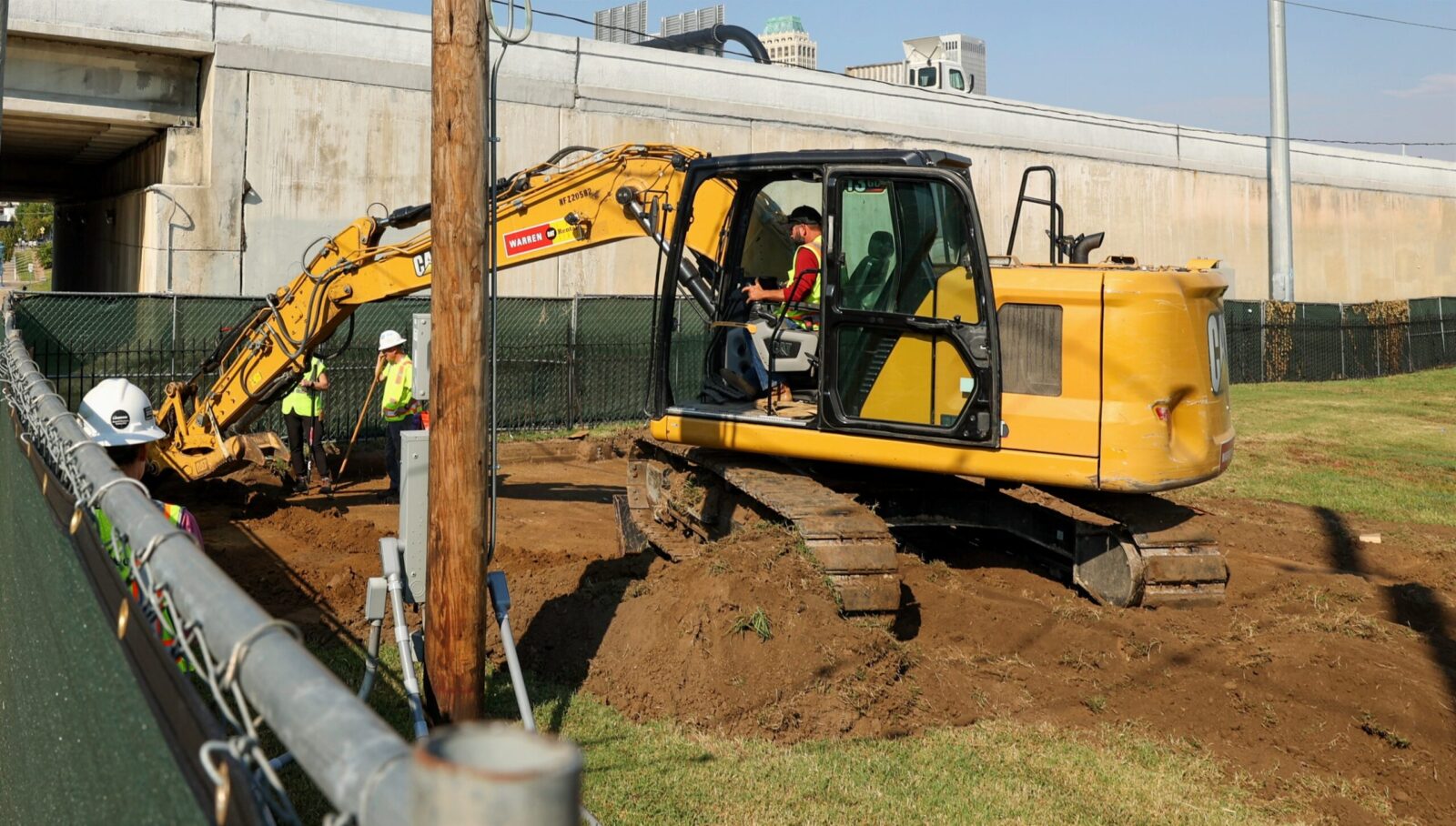
LOCAL
Phillip Jackson, Tulsa Flyer
The fifth excavation of a potential mass grave related to the 1921 Tulsa Race Massacre begins at Oaklawn Cemetery. Photo:Molly McElwain/Tulsa Flyer
A fifth excavation searching for victims of the 1921 Tulsa Race Massacre at Oaklawn Cemetery began Tuesday.
It’s an effort that could take weeks, Mayor Monroe Nichols said during a press conference at City Hall. Forensic anthropologist Phoebe Stubblefield and archaeologist Kary Stackelbeck joined Nichols as he gave an update on the city’s progress.
“This groundbreaking work from our archaeological and genealogy teams is a great mark of success and it tells us where we are, certainly in the right place and on the right track,” Nichols said. “The latest report from the Oklahoma Archaeological Survey gave us very detailed information as to what we believe we have left at the Oaklawn Cemetery.”
The latest groundbreaking at the city’s oldest existing cemetery comes just five months after the remains of James Goings, a confirmed race massacre victim, and George Melvin Gillispie, a still undetermined victim, were identified.
A letter written on June 9, 1921, from the Veterans Compensation file in the National Archives indicated Goings was killed in “recent disturbances there,” referring to the Tulsa massacre, along with a letter from his sister stating he died in 1921.
The city described Gillispie as a middle-aged man who did not indicate any type of trauma similar to others found at the cemetery. He was buried in what was described as a simple wooden casket.
Continuing the excavations that began under former Mayor G.T. Bynum is a piece of Nichols’ larger Road to Repair initiative, which he announced in June during the 104th anniversary of the massacre. The effort is backed by Greenwood Trust, which is looking to secure $105 million by June 2026 to restore the Historic Greenwood district.
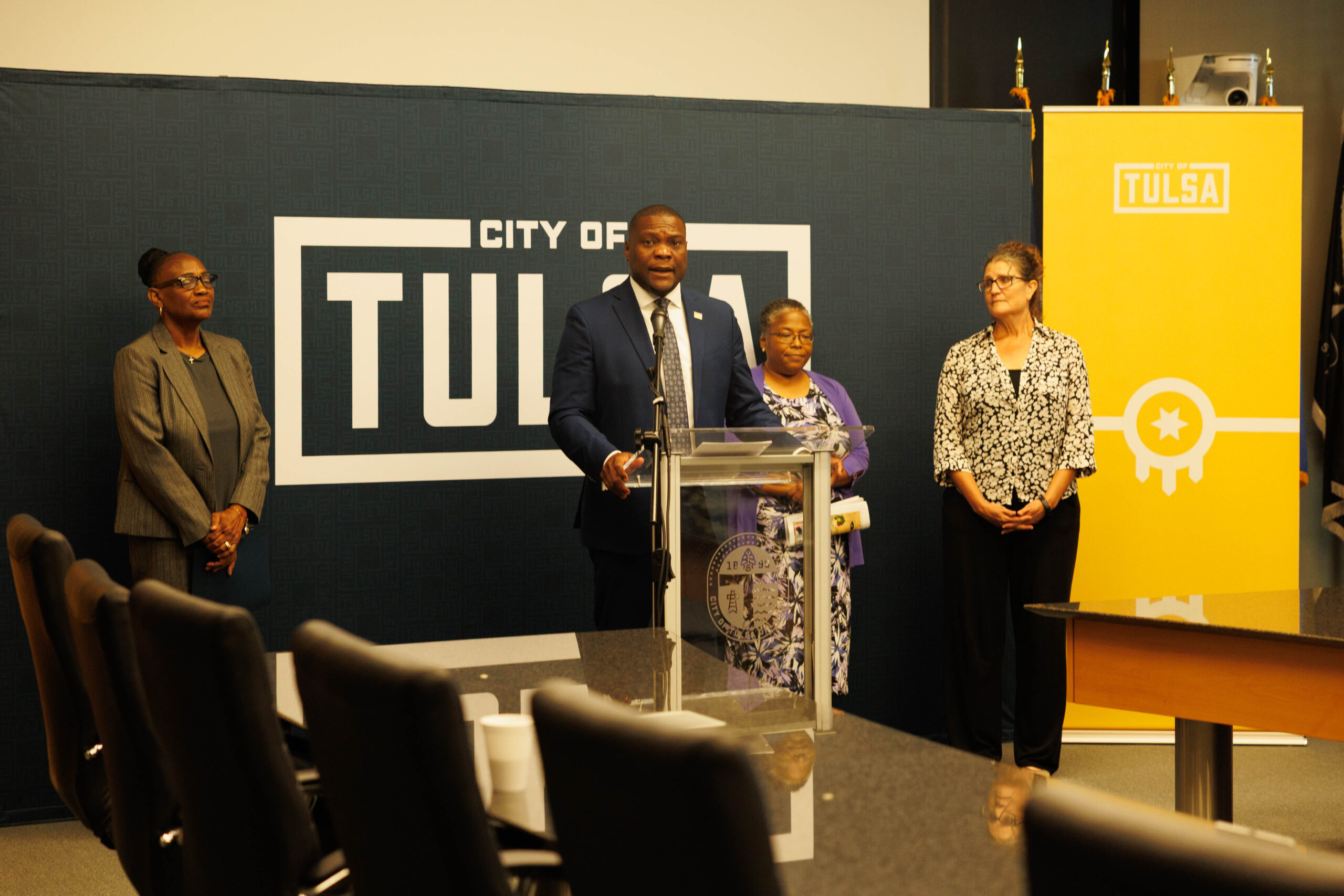
Brenda Nails-Alford, a descendant of massacre survivors, said the history of the violence has been hidden for too long.
“The intentionality of hiding our story and evidence has been very evident in this process. We may never know how many people died in this atrocity,” she said.
Nails-Alford is the granddaughter of James Nails Sr. and Vasinora Nails, both Black business owners in the Greenwood District during the years leading up to the massacre.
She said growing up in the Greenwood community was one of the “happiest times” of her life, but finding out about the massacre when she got older was “devastating.”
“I want to do whatever to honor the memory and legacies of my family and my community members who gave us their best in spite of everything,” Nails-Alford said.
Stubblefield, herself a descendant of massacre survivors, said there are other burial sites in the city where Tulsa Race Massacre victims may be. But she says they still don’t know how many victims there actually are.
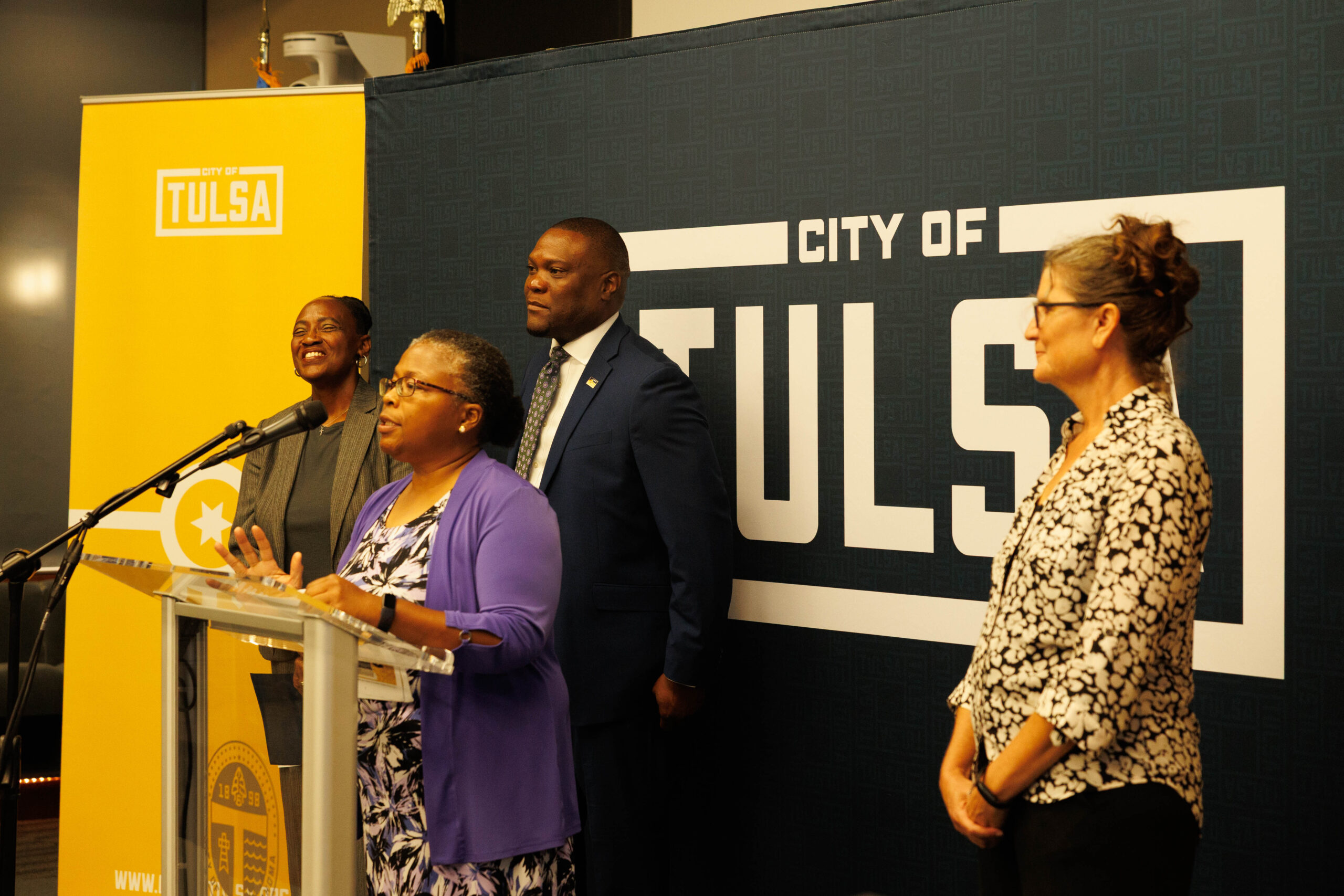
During excavations in 2024, investigators found four additional massacre victims. The findings to date have totaled six massacre victims, with five of them who were shot multiple times. World War I veteran Pvt. C.L. Daniel, a Black man from Georgia, was identified by investigators as a race massacre victim that year. Nichols said Tuesday his office has worked with Daniel’s family to ensure his remains return where his family wants them buried.
Other victims recovered last June — John White, Ella Houston and James Miller — were also identified by investigators through historical research and genealogy.
DNA and genetic identification for 22 potential victims is ongoing.

